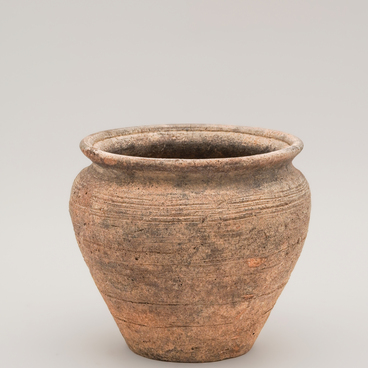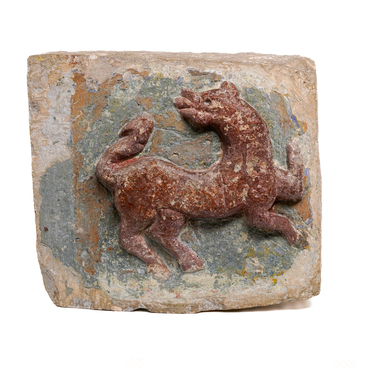Bowl-shaped church utensils are vessels used as eating bowls or bowls for blessing water. The most common shape was that of a rounded goblet, joined to an equally rounded base by a relatively thin stem. There is often a ball-shaped thickening in the center of this base. There are also some other shapes of holy water bowls. In church art, there are bowls in the form of a hemisphere, a cylinder and even more complex types, such as a stylized ship. There are no strict rules.
Historical sources suggest that ancient Christians blessed water and used it, so there were special vessels for its storage even back then. At that time, most of them were standing vessels made of stone, mostly marble or clay. The oldest single surviving examples from the 4th–5th centuries are made of lead and bronze.
The holy water basins are often mentioned in the sources as early as the 10th century, at a time when the sprinkling of holy water became part of public worship. Most surviving medieval vessels are made of bronze. Later brass became the main material. Chalices made of precious metals, in particular silver, are noted in inventories as early as the 12th century. Gold was also used, but such examples are very rare. There are also individual pieces made of crystal, jasper and glass. There were also richly decorated bowls. In addition to plant and animal ornaments, there were also Christian symbols on the bowls. Sometimes biblical quotations and relevant texts related to water were inscribed. In Russian monasteries large holy water basins were used.
The basin on display at the museum is dated between the 14th and 15th centuries. It is shaped like a cauldron. The inside of the bowl is a hemisphere. On the lateral opposing sides there are handles in the form of thickened semicircular shapes. This object has direct analogues among the finds in Europe, particularly close ones are found in Italy. The shape of the object does not give reasons to draw unequivocal conclusions about the functional purpose of the object.
These days, holy water basins are usually made of metals that are not subject to oxidation. It is usually food-grade stainless steel. The ornamental elements may be made of brass. Some holy water basins are also made of silver.
Historical sources suggest that ancient Christians blessed water and used it, so there were special vessels for its storage even back then. At that time, most of them were standing vessels made of stone, mostly marble or clay. The oldest single surviving examples from the 4th–5th centuries are made of lead and bronze.
The holy water basins are often mentioned in the sources as early as the 10th century, at a time when the sprinkling of holy water became part of public worship. Most surviving medieval vessels are made of bronze. Later brass became the main material. Chalices made of precious metals, in particular silver, are noted in inventories as early as the 12th century. Gold was also used, but such examples are very rare. There are also individual pieces made of crystal, jasper and glass. There were also richly decorated bowls. In addition to plant and animal ornaments, there were also Christian symbols on the bowls. Sometimes biblical quotations and relevant texts related to water were inscribed. In Russian monasteries large holy water basins were used.
The basin on display at the museum is dated between the 14th and 15th centuries. It is shaped like a cauldron. The inside of the bowl is a hemisphere. On the lateral opposing sides there are handles in the form of thickened semicircular shapes. This object has direct analogues among the finds in Europe, particularly close ones are found in Italy. The shape of the object does not give reasons to draw unequivocal conclusions about the functional purpose of the object.
These days, holy water basins are usually made of metals that are not subject to oxidation. It is usually food-grade stainless steel. The ornamental elements may be made of brass. Some holy water basins are also made of silver.






